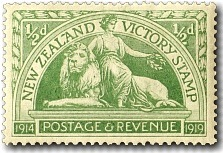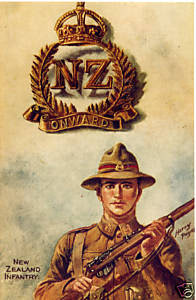When the Armistice was announced (11 Nov.1918), all fighting ended. Soon after, Grandpa rejoined the Maori Battalion on an ordered march to Germany. On 19 Dec. 1910, the march to Germany was halted. Orders redirected the division to Dunkirk, France where they embarked on the S.S. St. George1 (3 Jan. 1919). Arriving in Southampton, England, and disembarking on the same day of embarkation, Grandpa then entrained to Amesbury, England, and marched into Larkhill Camp the following day.
1 The S.S. St. George
2 Larkhill Camp
Almost two (2) months after the Armistice, and more than four (4) weeks since their return to Larkhill, the Maori Battalion was the last group transported home from England. Entraining from Amesbury, England to Liverpool, England (4 Jan. 1919), Grandpa and his fellow soldiers embarked on the S.S. Westmoreland3 (28 Feb. 1919). They arrived home (6 April 1919) and disembarked in Auckland, New Zealand to a rousing Maori welcome4— complete with representatives from all tribal areas in the country, and the familiar sounds of traditional Haka and Waiata.
3 The S.S. Westmoreland





























